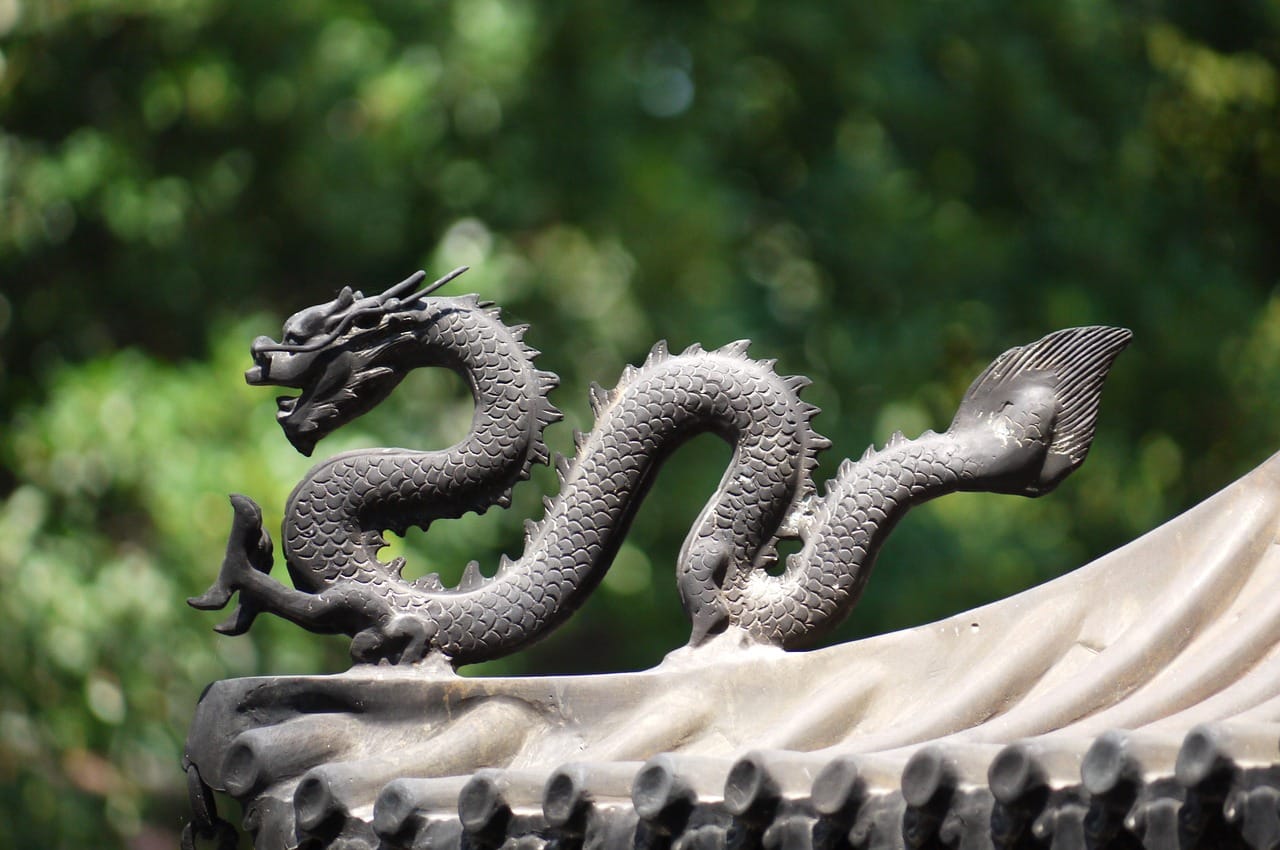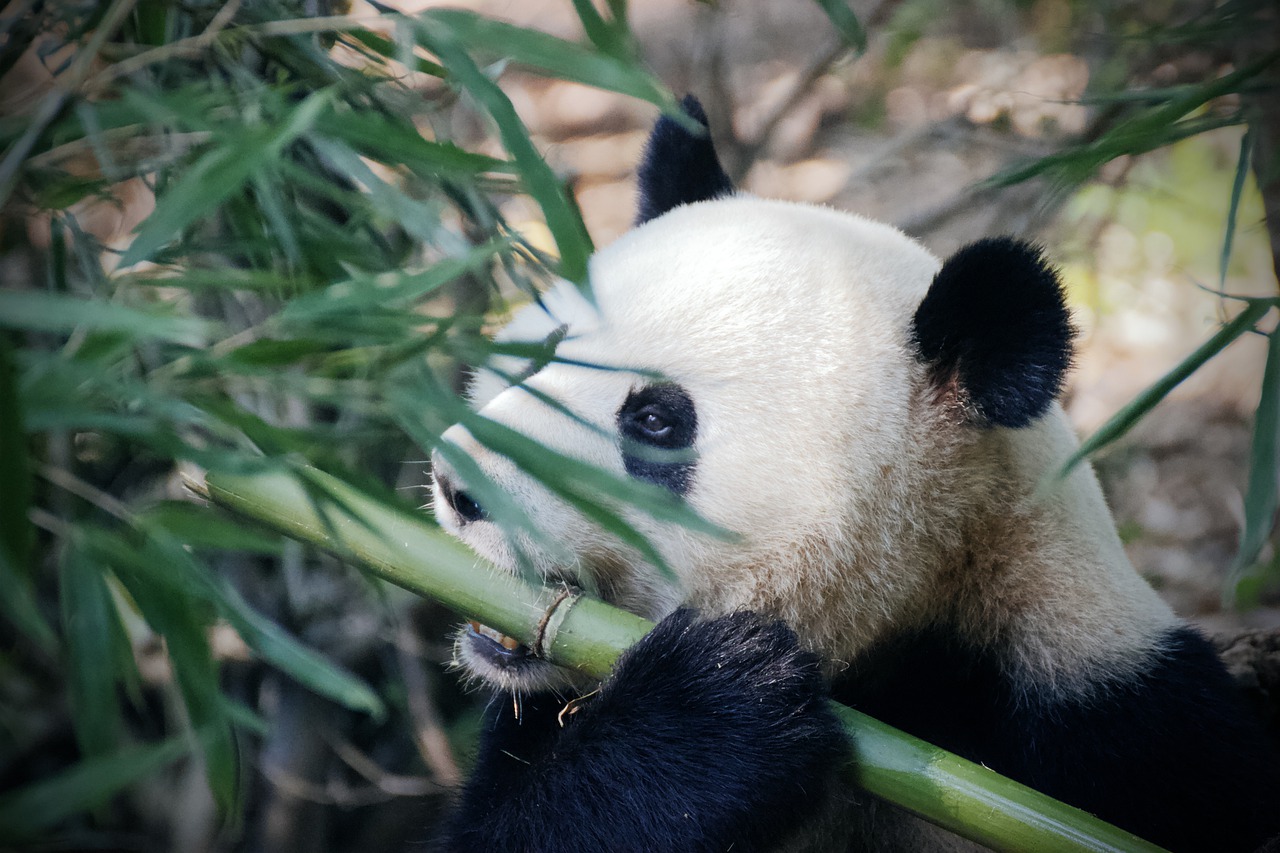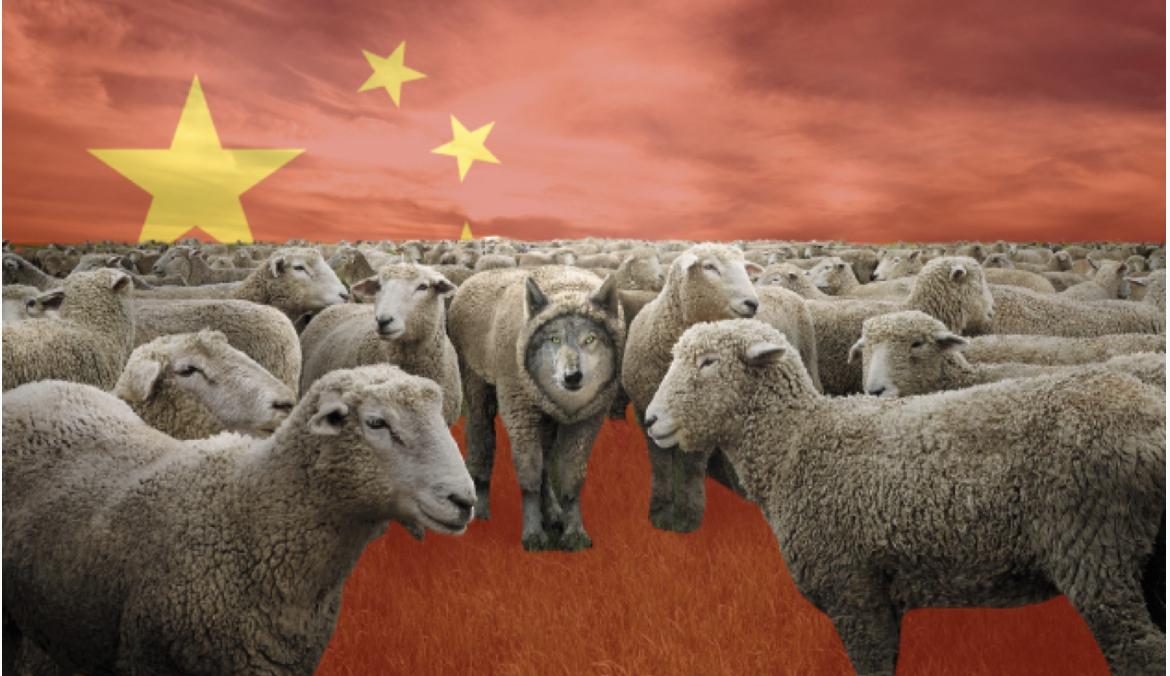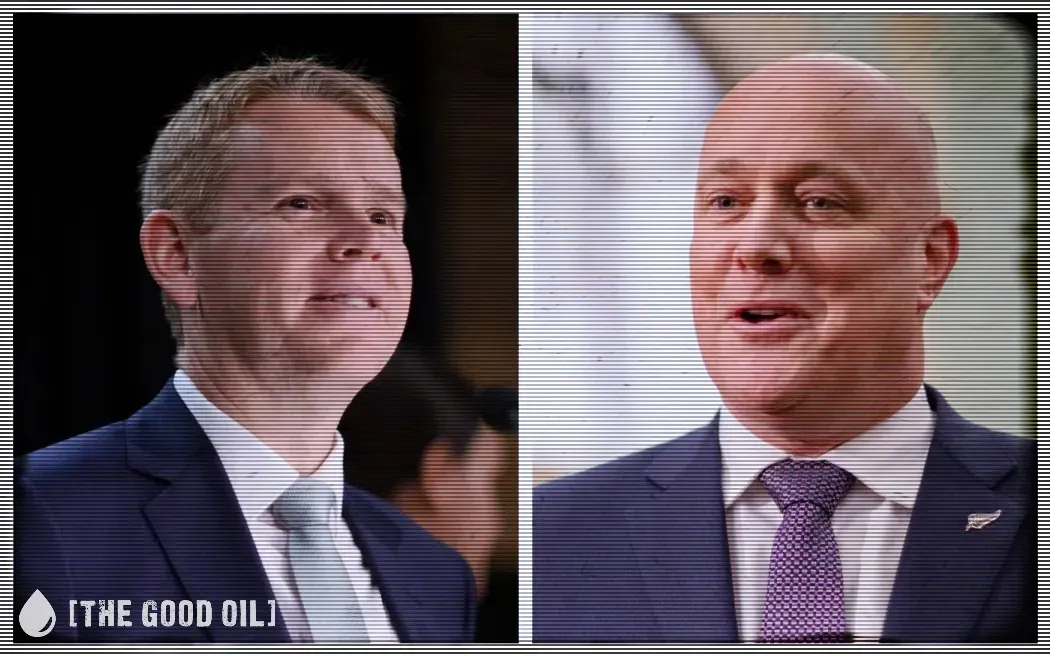Dark Jester
A political scholar with an interest in foreign interference. Traditional conservative. Came from a family that fled communism and improved themselves thanks to capitalism but would consider myself a distributionist.
We must not be fooled by the benevolent economic power that China tries to market itself as. China has managed to increase its military power and become more aggressive while masterfully disguising its rise as peaceful with its effective and convincing soft power.
For at least the last 20 years geopolitical and international relations scholars have debated how China would rise and how the rest of the international system should respond to it. This has led to what has been called the pandodragon dilemma in which experts can be divided into two camps.

The ‘dragon thesis’ posited that China’s rise would be aggressive with the aim of world domination, and the ‘panda thesis’ posited that China’s rise would be peaceful with the aim of cooperating with other countries. This is based on information that suggests both for and against. The ‘dragon theorists’ would point to China’s increasing military expenditure and their gradual development of military capabilities. It has been estimated that China’s People’s Liberation Army has the most men at arms. They have also been developing their airforce, buying aircraft from Russia and constructing artificial islands in the disputed South China Sea. They also appear to be testing their aircraft’s capabilities and the air response of their neighbours by flying their aircraft into Taiwanese and Japanese airspace. They have also developed naval power with ships and nuclear attack submarines.

The ‘panda’ camp would point to the economic rise of China and the increasing influence and soft power. China has managed to become arguably the world’s biggest economy with the 2nd largest GDP and the largest amounts of goods exported. Their total exports were worth $2.57 trillion with their largest exports being broadcasting equipment, computers and integrated circuits. Their destinations included America, Japan, and South Korea.
There is also the Belt and Road Initiative: the project led by China to open up a new ‘Silk Road’ of trade and investment with countries around the world. This includes increasing trade with other countries, the reduction of trade barriers and offers of investment in infrastructure and other sectors of different countries.
The reason for China’s economic rise can be attributed to several factors, such as Deng Xiaoping’s economic reforms in the 1990s which liberalised the economy, the control of monetary policy and the exchange rate in order to make exporting to China more expensive. The liberalisation of the economy also opened up China to foreign direct investment.
When they joined the World Trade Organization they began forming free trade agreements with other countries. China became Africa’s largest trading partner, the biggest holder of debt and the biggest holder of loans in the region. China has also grown its soft power with media and cultural institutions. This includes the Confucius Institutes, which focus on Chinese language and culture. There is also the use of the film industry, partnering with American film production companies to attract people to Chinese culture.
One of their most famous soft power projects was the 2008 Beijing Olympics, which was their chance to attract people to China. They could showcase their architecture and infrastructure by building the Bird’s Nest and the Building.
However, I would suggest that both camps were partly right. I would suggest that China’s rise is aggressive but was very very cleverly disguised as peaceful.

This should not be a surprise to anyone. It is out of the Cultural Marxist playbook to think long term in order to achieve their goals. Gramsci spoke about “the long march through the institutions” in order to achieve class war and revolution. In the same way, China has been preparing for the long term. Their militarisation has been gradual rather than rapid, slowly acquiring IP from other countries and developing their military capabilities under the guise of defence. They have also become effective at identifying technologies which have military capabilities which they then acquire through their academic programmes. These however, they cleverly disguised as projects of cooperation and collaboration. Particularly they have been interested in research around artificial intelligence, nanotechnology, drones and hypersonic technology. They have been able to do this through civilian channels and a complex set of other channels in order to get this technology to the military.
It is also not a coincidence that at the same time as they are gradually building up their military capabilities, they have also built up their influence. In a previous article, I spoke about their tactics including the united front strategy and growing their economic and trade relations.
These strategies and methods were employed in order to present a benevolent version of China while they disguise or hide their aggressive stance. It seems that this has been effective, as most countries are quite oblivious to this militarisation. They instead focus on the economic opportunities that China offers. Most countries have signed a FTA or investment agreement with China. It is also important to point out that the countries that do criticise China only focus on other issues such as the plight of the Hong Kongers, the ethnic cleansing of the Uyghur Muslims in Xinjiang or the organ harvesting of Falun Gong practitioners, while ignoring China’s military development. China disguises its militarisation as for defensive purposes only, telling the international community that their development is simply for security or protection.
This has led to a two sided approach to their propaganda in which they must convince their own population that this militarisation is a good thing.
Well, China has recently launched what they call ‘rejuvenation’, or the ‘Cultural Revolution 2.0’ – one of the three goals of Xi Jingping in order to achieve the Chinese Dream. As part of this, military training has begun for children in primary schools.
For this militarisation, there must be an enemy to which the Chinese can direct their efforts, to justify the military development. That is obviously the USA. This year, a commentator received screenshots of the news alerts that Chinese citizens were receiving on their phones. This included quite a bit of vitriol and aggressive rhetoric about the ‘weak’ USA and that they should be attacked. But it became more apparent from a Xinhua News article which talked about the crackdown on the entertainment industry and the seizure of some of the largest corporations.
What this shows is that China’s rise has been aggressive but has been very cleverly disguised as peaceful. Their military capabilities have been covered up as being for defensive purposes or they have distracted the international community with their soft power. Therefore, the international community has become oblivious to the militarisation and aggressive rhetoric that are happening domestically.
Recently, it was revealed that the PLA is taking part in military exercises in areas that resemble Taiwan, suggesting preparations for an invasion of Taiwan. Yet this is something that the international community does not appear to be discussing. While we are trying hard not to antagonise China to prevent war, China is slowly preparing for war. However, the international community will not realise this until it is too late.









